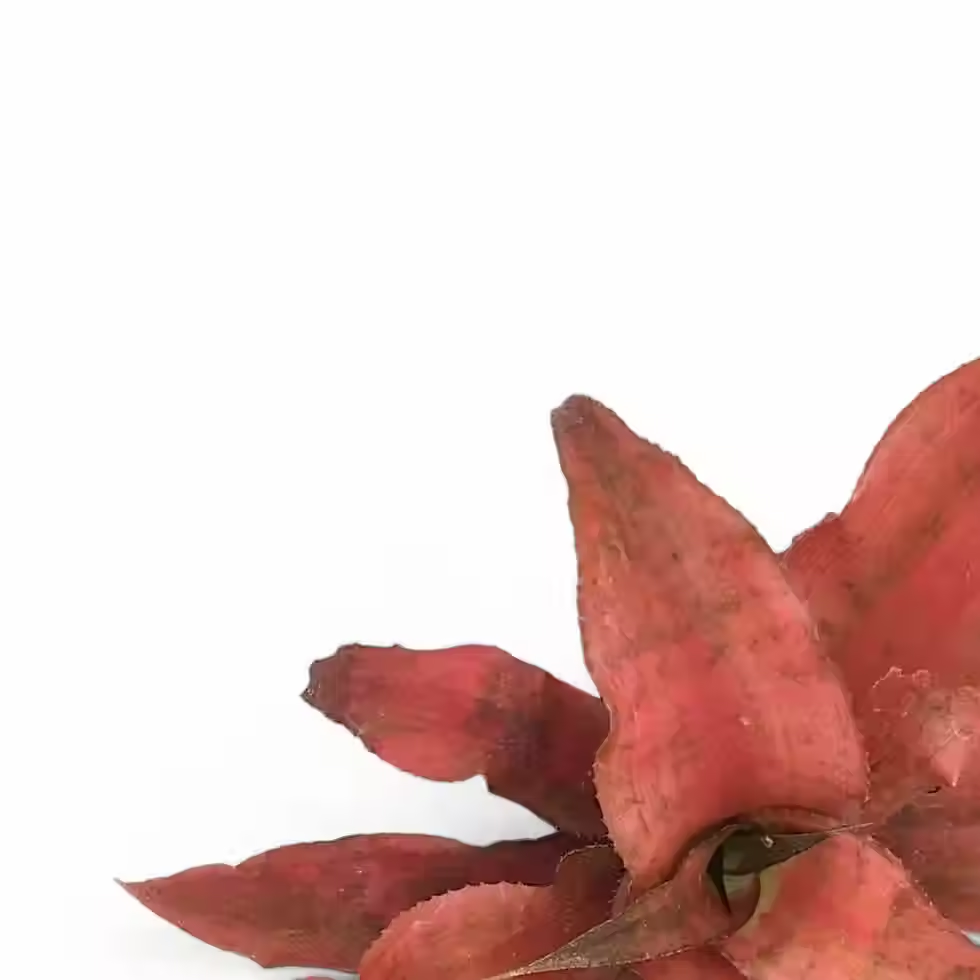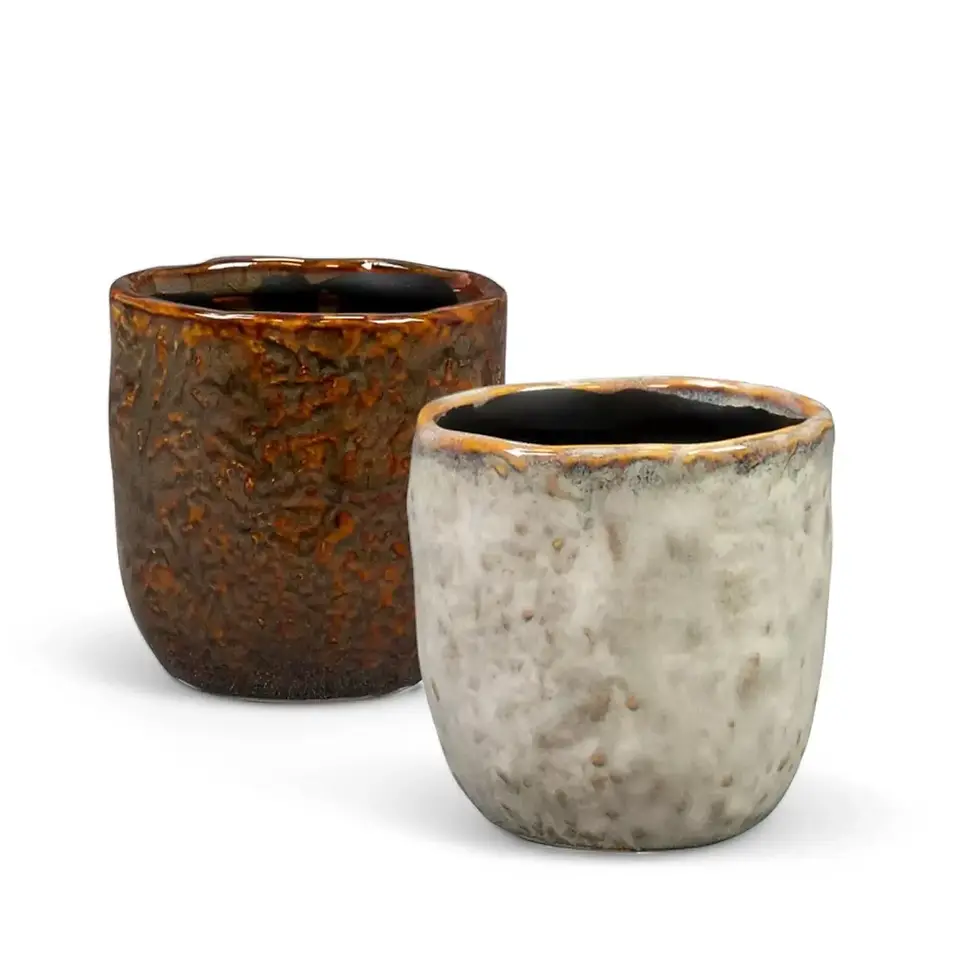Philodendron micans - Velvet Leaves and Easy Care
Philodendron micans is a stunning houseplant known for its velvety, heart-shaped leaves with deep green tones and shimmering bronze undertones. Commonly referred to as Philodendron micans, its botanical classification is Philodendron hederaceum var. hederaceum (Jacq.) Schott. With its elegant trailing vines, this plant enhances any indoor setting, whether cascading from a shelf or climbing a support.
Philodendron micans Features and Growth
- Velvety foliage: Soft, shimmering juvenile leaves that develop a slight gloss as they mature.
- Trailing habit: Long, cascading vines ideal for hanging planters or climbing supports.
- Compact size: Typically grows up to 40-50 cm in height indoors, with vines extending over 1.5 meters.
- Low maintenance: A resilient and forgiving plant suitable for all experience levels.
- Adaptable lighting: Thrives in medium to bright, indirect light, adjusting well to different indoor environments.
Habitat and Growth Information for Philodendron micans
Native to tropical moist forests of Central and South America, Philodendron micans thrives in warm, humid conditions. It grows as a hemiepiphytic vine, adapting to both climbing and trailing habits.
- Growth habit: Trailing or climbing vine.
- Growth rate: Moderate to fast under ideal conditions.
- Mature size: Leaves reach up to 40 cm in length and 24 cm in width.
- Toxicity: Contains calcium oxalate crystals, making it toxic if ingested by pets or humans.
Philodendron micans Care Guide
→ Light requirements
Thrives in bright, indirect light. Tolerates lower light levels but may grow more slowly. Avoid direct sunlight to prevent leaf scorch.
→ Watering needs
Water when the top 2-3 cm of soil feels dry. Avoid overwatering to prevent root rot.
→ Humidity and temperature
- Humidity: Prefers 65-80% humidity but adapts to average indoor conditions.
- Temperature: Best kept between 18-28°C. Avoid exposure to drafts or sudden temperature changes.
→ Soil and repotting
- Soil mix: Well-draining, aerated soil with coconut fiber, perlite, and orchid bark.
- Repotting: Every 2-3 years or when root-bound. Use a pot with drainage holes.
→ Fertilizing and propagation
- Feeding: Apply a balanced liquid fertilizer twice a month during the growing season.
- Propagation: Easily propagated through stem cuttings in water or soil.
→ Semi-hydroponics and hydroponics
Adapts well to semi-hydroponic setups and can thrive in full hydroponic systems with proper monitoring.
→ Pruning and styling
- Pruning: Regularly trim leggy growth for a bushier appearance.
- Support structures: Can be trained on a moss pole or left trailing for a cascading effect.
Common Issues with Philodendron micans and Solutions
- Yellowing leaves: Typically caused by overwatering. Allow soil to dry between waterings.
- Browning tips: May result from low humidity or inconsistent watering.
- Pests: Susceptible to spider mites, mealybugs, and thrips. Treat with insecticidal soap.
- Root rot: Caused by poor drainage or overwatering. Ensure proper soil aeration.
- Leaf spots or mold: Often due to excess moisture. Improve airflow and avoid wetting leaves.
- Drooping leaves: Usually a sign of underwatering. Water thoroughly and monitor soil moisture.
- Leggy growth: Insufficient light can cause stretching. Move to a brighter location.
Additional Care Considerations for Philodendron micans
- Mimic its tropical habitat by maintaining warm, humid conditions.
- Support vines with a moss pole for larger leaves.
- Showcase in a hanging planter or elevated space for its cascading effect.
Etymology and Botanical Background
The genus name Philodendron derives from the Greek words "philo" (love) and "dendron" (tree), reflecting its climbing nature. The specific epithet hederaceum refers to its ivy-like growth. The common name "micans," meaning "shimmering" in Latin, describes its velvety, iridescent leaves. The full botanical classification, Philodendron hederaceum var. hederaceum (Jacq.) Schott, was first described by Heinrich Wilhelm Schott, a botanist specializing in the Araceae family.
Philodendron micans Naming Confusion Explained
Philodendron micans, also referred to as Philodendron scandens or Philodendron hederaceum, has been the subject of taxonomic revisions. While multiple names exist, they all reference the same species, Philodendron hederaceum. The variety known as micans stands out due to its soft, velvety leaves. For an in-depth look at its classification, read our article: Scandens, Hederaceum, Micans and Oh, So Many More - A Comprehensive Heartleaf Philodendron Saga
FAQs About Philodendron micans
- Can Philodendron micans tolerate low light? Yes, but growth will slow, and leaves may become smaller.
- How often should I water Philodendron micans ? Water when the top 2-3 cm of soil is dry, typically every 7-10 days.
- Can Philodendron micans grow permanently in water? Yes, it adapts well to hydroponics with proper care.
Order Philodendron micans Today!
Bring the velvety elegance of Philodendron micans into your home. Shop now and enjoy its rich texture and cascading vines.
Philodendron micans (Philodendron hederaceum var. hederaceum)
Philodendron hederaceum var. hederaceum (Philodendron micans) comes in following sizes:
S – is approximately 15 cm tall/ long, and comes in a ⌀ 12 cm pot
M – is approximately 25 cm tall/ long, and comes in a ⌀ 12 cm pot
L – is approximately 40 cm tall/ long, and comes in a ⌀ 15 cm pot

























































